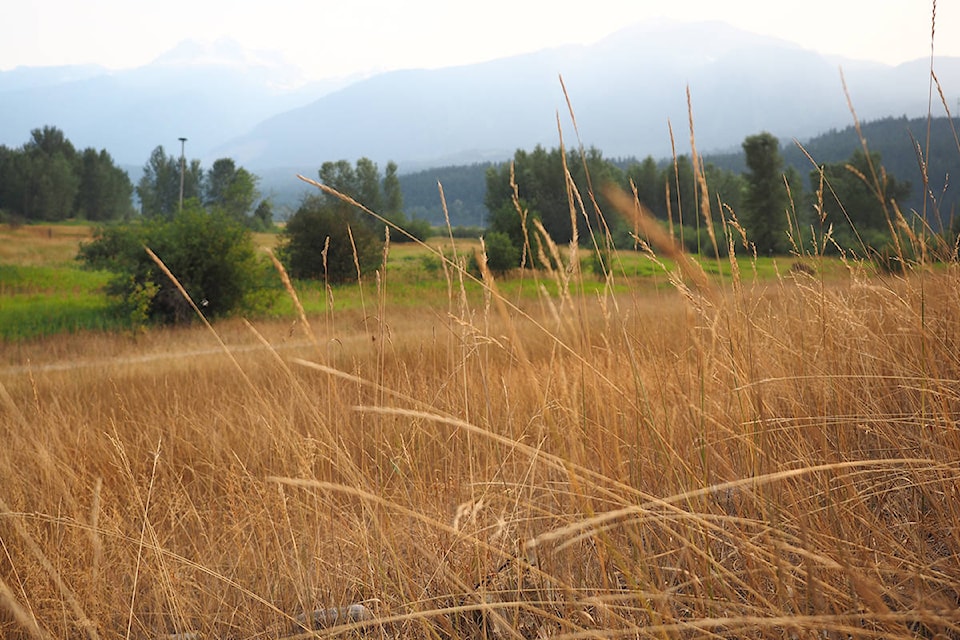Record-breaking hot and dry conditions have elevated drought levels on Vancouver Island.
The Ministry of Forests, Lands, Natural Resource Operations and Rural Development has increased the ratings, with the most affected areas being Northern B.C. and coastal B.C.
The province has set the highest rating, level 4, to Vancouver Island, the Northeast, Northwest and Stikine and Skeena-Nass areas.
ALSO READ:
Level 4 ratings signify extremely dry conditions, with an inefficient supply of water to meet socio-economic and ecosystem needs. While some cities around the province are levels 2 and 3 none are sitting at a level 1.
| The Ministry of Forests, Lands, Natural Resource Operations and Rural Development has elevated drought levels across B.C., including Vancouver Island which is now at a level 4 rating. File contributed. |
The province is encouraging maximum voluntary water conservation and offering tips such as limiting outdoor watering, taking shorter showers, ensuring that the tap is not left running and making sure irrigation and plumbing systems arenB��Ԫ������ַ�t leaking.
While not currently in effect, the province does have the ability to regulate water usage, including temporary suspension of water license or short-term water approvals to protect flows for fish and priority water users if it becomes necessary.
ALSO READ:
The drought is contributing to forest fires, as well as the water levels of local streams and tributaries, with many streams now at record lows. This is affecting fish, who may become stranded in shallow pools. Angling closures are in effect for the Horsefly and Kettle Rivers to reduce stress on fish, and to monitor conditions.
While provincial warnings are out, municipal legislation will differ based on local water supply and demand, and water storage options. For the Capital Regional District (CRD), as of August Greater Victoria was set at a Stage 1 water conservation. This means it is not a high level of conservation, though residents are encouraged to reduce outdoor water use for indoor use and fire protection.
At the beginning of August, the CRD water reservoir was 76 per cent full, with a projection for levels to drop to 60 per cent in the late fall.
For more information on water conservation, you can head to the website and search under environmental protection and sustainability.
Like us on and follow us on



